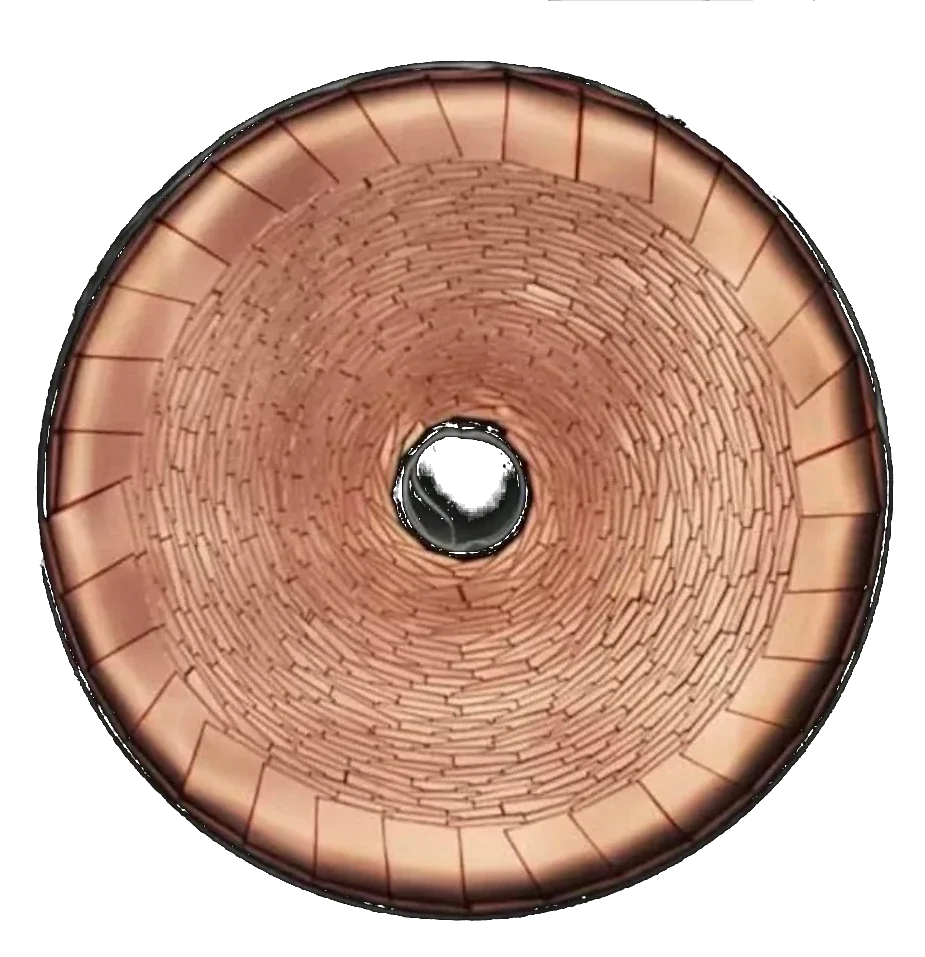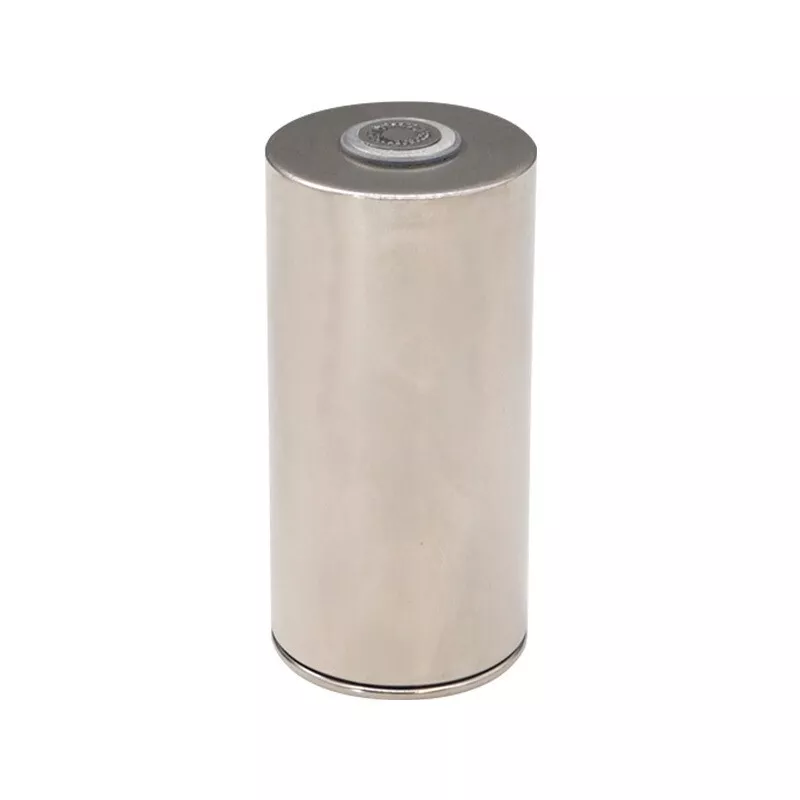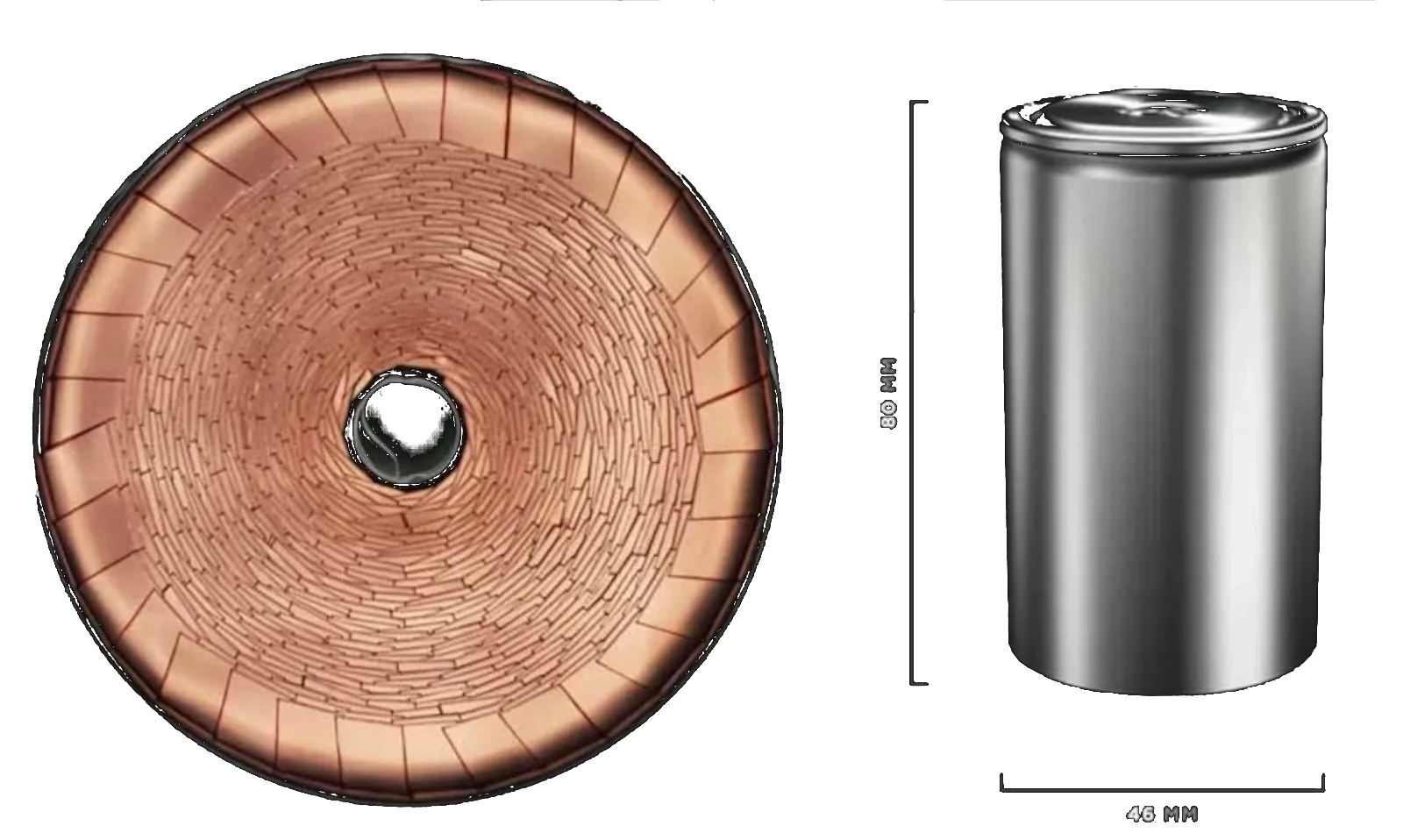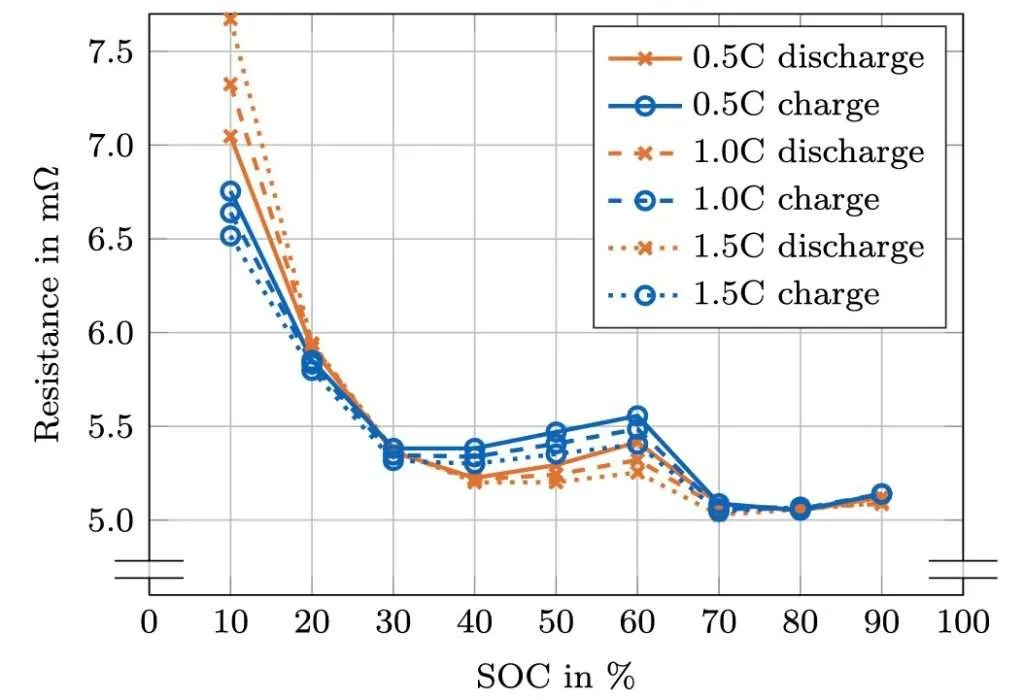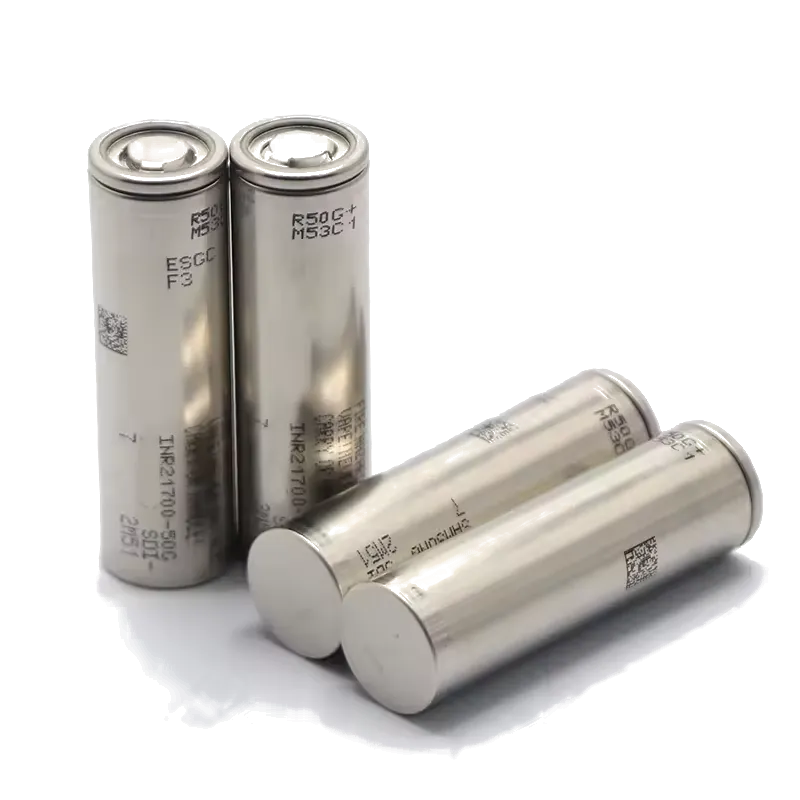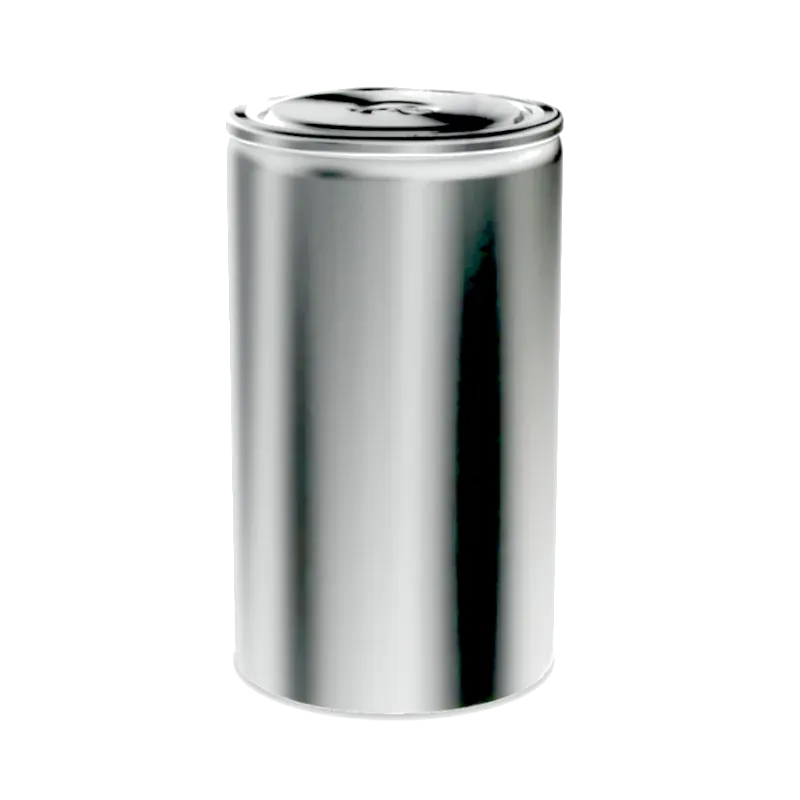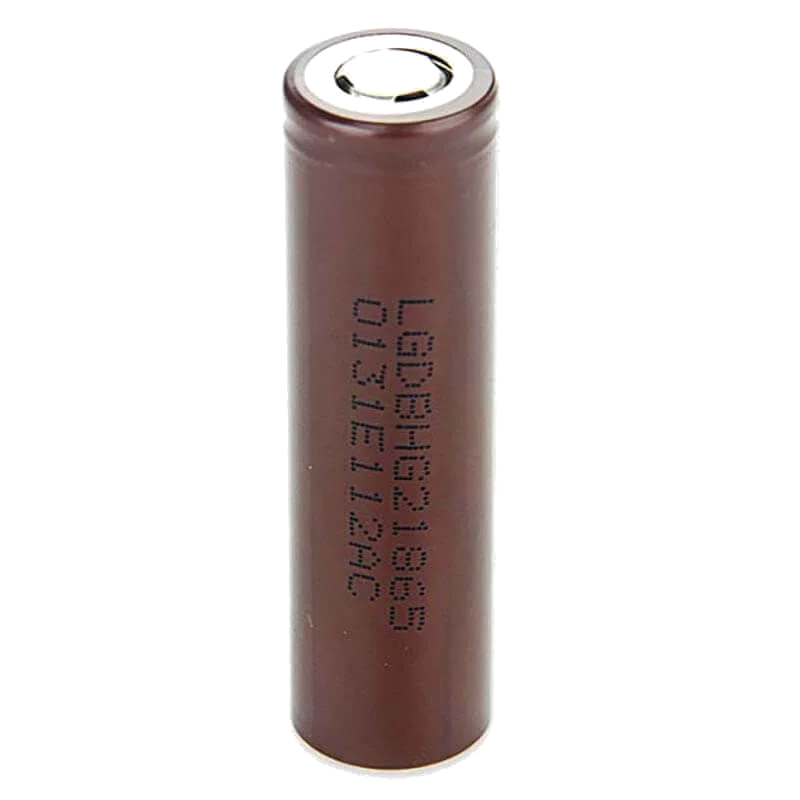4680 TESLA Battery Cell 3.7V 26000mAh
95.00 €
Availability: 10 in stock
Safe and Secure Payments.*



Tesla 4680 Battery: The Tesla 4680 battery is a state-of-the-art NMC lithium-ion battery designed to deliver exceptional energy density and performance for electric vehicles and energy storage systems. Featuring rapid charging capabilities, a long lifespan, and robust safety features, this battery enhances vehicle range and efficiency. Its eco-friendly design and versatility make it ideal for both advanced energy solutions and DIY projects. Whether powering electric vehicles or supporting home energy systems, the Tesla 4680 battery offers reliable and sustainable power.
Tesla 4680 Battery: The Tesla 4680 battery is a state-of-the-art NMC lithium-ion battery designed to deliver exceptional energy density and performance for electric vehicles and energy storage systems. Featuring rapid charging capabilities, a long lifespan, and robust safety features, this battery enhances vehicle range and efficiency. Its eco-friendly design and versatility make it ideal for both advanced energy solutions and DIY projects. Whether powering electric vehicles or supporting home energy systems, the Tesla 4680 battery offers reliable and sustainable power.
- Cell format: 4680
- Diameter: 46mm
- Height: 80mm
- Volume: 0.1330 litres (outer volume)
- Cell case
- stamped and drawn nickel plated steel or stainless [3]
- 0.5 to 0.6mm thick

Capacity tests [6]:
- Capacity: 23.35Ah at 2.5A discharge ~C/10
- Capacity: 20Ah at 25A discharge ~1C
26.5Ah (estimate based on 21700 5Ah volumetric energy density) and this fits with capacity of the Model Y pack that uses this cell.

Capacity tests from a number of cells [7]:
- Capacity: 22.31Ah at C/20 discharge
- Capacity: 22.41Ah at C/20 charge
- Capacity: 22.08Ah at C/3 discharge
The Laboratory for Energy Storage and Conversion carried out the testing and data analysis of the two 4680 cells reported in this article. The goal of the Laboratory for Energy Storage and Conversion (LESC), at the University of California San Diego Nanoengineering department and the University of Chicago Pritzker School of Molecular Engineering, is to design and develop new functional nano-materials and nano-structures for advanced energy storage and conversion applications.
- Nominal Voltage: 3.7V
- Nominal Energy: 86.5Wh
- Mass: 0.355kg (confirmed for both ells)

The internal resistance is a key parameter and was measured using the HPPC pulse test data [6].
- DCIR (charge/discharge): 7mΩ +/- 2

Reference [7] pulse resistances (evaluated in 10 s pulses) for one cell at different C-rates and SOCs in charge and discharge direction.
- DCIR (charge/discharge): 5.4mΩ +/-0.2
Metrics
- Cell gravimetric energy density = 232 to 244 Wh/kg
- Cell volumetric energy density = 622 to 650 Wh/litre
There is quite a large variation in the high level metrics across the different studies.

At a cell energy density level the 4680 doesn’t perform very well (data from Cell Database).
Cathode
- Cathode: NMC811
| Element | Batch 1 Atomic % | Batch 2 Atomic % |
|---|---|---|
| Nickel | 81.6 | 81.0 |
| Cobalt | 11.9 | 12.4 |
| Manganese | 6.5 | 6.6 |
- solvent based slurry and application
- cathode thickness 85µm
- porosity 30-40% (based on estimations by Addionics)
- aluminium current collector thickness 9 to 10µm [2]
- aluminium “flower” end disc thickness 400µm [3]


Anode
- carbon, no silicon [2]
- dry based electrode [2]
- anode thickness ~121µm
- copper current collector thickness 6 to 8µm [2]
- copper “flower” end disc thickness 260µm [3]

Same anode thickness (areal loading) on both of the cells tested.
The same silk-like morphology was identified, indicating the dry electrode method.


Separator
Does anybody know what separator this cell is using? Any modifications to accommodate the dry anode? Ceramic coated? Thickness? Any special process with respect to electrolyte fill and wetting?
Electrolyte
How much of it? and what additives?
Cell Assembly

What you immediately notice with this cell is that the crimped closure is on the negative, bottom, of the cell (the top of the image on the left). This is in contrast to the 18650 and 21700 cells where the cell is crimped closed with an isolating and sealing gasket around the +ve, top end of the cell.
This means that the positive button on the top of the cell is pre-installed into the empty can shell and is isolated from the can.
Online recording of a discussion around the manufacturing process for the 4680 cell.
Product Overview: The Tesla 4680 battery is a cutting-edge NMC (Nickel Manganese Cobalt) lithium-ion battery designed to power high-performance electric vehicles and advanced energy storage systems. Known for its impressive energy density and reliability, this battery significantly enhances vehicle range and improves overall charging efficiency.
Key Features:
- High Energy Density: The Tesla 4680 battery offers exceptional energy density, allowing for greater energy storage within a compact size, thus extending vehicle range and reducing the need for frequent charging.
- Fast Charging: Leveraging the latest fast-charging technology, the 4680 battery can charge up to 80% in a short amount of time, ensuring your electric vehicle is always ready to go with minimal downtime.
- Long Lifespan: Designed and tested for longevity, the Tesla 4680 battery maintains optimal performance across numerous charge and discharge cycles, providing reliable power for the entirety of its lifespan.
- High Safety Standards: Tesla prioritizes safety in all its products. The 4680 battery includes multiple protection mechanisms to prevent overheating, overcharging, and short circuits, ensuring comprehensive safety for users.
- Eco-friendly: As a pioneer in sustainable energy solutions, Tesla’s 4680 battery reduces carbon emissions and utilizes recyclable materials, aligning with environmental protection standards.
Applications:
- Electric Vehicles: The Tesla 4680 battery delivers powerful performance for Tesla vehicles, enhancing driving experience and extending driving range.
- Energy Storage Systems: Ideal for both home and commercial energy storage solutions, offering dependable backup power and efficient energy management.
- DIY Projects: Perfect for DIY enthusiasts, the Tesla 4680 battery can be used in various projects such as building power banks, electric skateboards, or upgrading electric scooters, providing stable and efficient power.
Conclusion: The Tesla 4680 battery stands out with its superior performance and reliability, making it the ideal choice for electric vehicles, energy storage systems, and various DIY projects. Whether for everyday commuting, long-distance travel, or innovative DIY endeavors, the Tesla 4680 battery offers lasting and efficient power support.
| Weight | 0.355 kg |
|---|---|
| Dimensions | 46 × 46 × 80 cm |
| Brand | Tesla |
| Batteries |
- Cell format: 4680
- Diameter: 46mm
- Height: 80mm
- Volume: 0.1330 litres (outer volume)
- Cell case
- stamped and drawn nickel plated steel or stainless [3]
- 0.5 to 0.6mm thick

Capacity tests [6]:
- Capacity: 23.35Ah at 2.5A discharge ~C/10
- Capacity: 20Ah at 25A discharge ~1C
26.5Ah (estimate based on 21700 5Ah volumetric energy density) and this fits with capacity of the Model Y pack that uses this cell.

Capacity tests from a number of cells [7]:
- Capacity: 22.31Ah at C/20 discharge
- Capacity: 22.41Ah at C/20 charge
- Capacity: 22.08Ah at C/3 discharge
The Laboratory for Energy Storage and Conversion carried out the testing and data analysis of the two 4680 cells reported in this article. The goal of the Laboratory for Energy Storage and Conversion (LESC), at the University of California San Diego Nanoengineering department and the University of Chicago Pritzker School of Molecular Engineering, is to design and develop new functional nano-materials and nano-structures for advanced energy storage and conversion applications.
- Nominal Voltage: 3.7V
- Nominal Energy: 86.5Wh
- Mass: 0.355kg (confirmed for both ells)

The internal resistance is a key parameter and was measured using the HPPC pulse test data [6].
- DCIR (charge/discharge): 7mΩ +/- 2

Reference [7] pulse resistances (evaluated in 10 s pulses) for one cell at different C-rates and SOCs in charge and discharge direction.
- DCIR (charge/discharge): 5.4mΩ +/-0.2
Metrics
- Cell gravimetric energy density = 232 to 244 Wh/kg
- Cell volumetric energy density = 622 to 650 Wh/litre
There is quite a large variation in the high level metrics across the different studies.

At a cell energy density level the 4680 doesn’t perform very well (data from Cell Database).
Cathode
- Cathode: NMC811
| Element | Batch 1 Atomic % | Batch 2 Atomic % |
|---|---|---|
| Nickel | 81.6 | 81.0 |
| Cobalt | 11.9 | 12.4 |
| Manganese | 6.5 | 6.6 |
- solvent based slurry and application
- cathode thickness 85µm
- porosity 30-40% (based on estimations by Addionics)
- aluminium current collector thickness 9 to 10µm [2]
- aluminium “flower” end disc thickness 400µm [3]


Anode
- carbon, no silicon [2]
- dry based electrode [2]
- anode thickness ~121µm
- copper current collector thickness 6 to 8µm [2]
- copper “flower” end disc thickness 260µm [3]

Same anode thickness (areal loading) on both of the cells tested.
The same silk-like morphology was identified, indicating the dry electrode method.


Separator
Does anybody know what separator this cell is using? Any modifications to accommodate the dry anode? Ceramic coated? Thickness? Any special process with respect to electrolyte fill and wetting?
Electrolyte
How much of it? and what additives?
Cell Assembly

What you immediately notice with this cell is that the crimped closure is on the negative, bottom, of the cell (the top of the image on the left). This is in contrast to the 18650 and 21700 cells where the cell is crimped closed with an isolating and sealing gasket around the +ve, top end of the cell.
This means that the positive button on the top of the cell is pre-installed into the empty can shell and is isolated from the can.
Online recording of a discussion around the manufacturing process for the 4680 cell.
Product Overview: The Tesla 4680 battery is a cutting-edge NMC (Nickel Manganese Cobalt) lithium-ion battery designed to power high-performance electric vehicles and advanced energy storage systems. Known for its impressive energy density and reliability, this battery significantly enhances vehicle range and improves overall charging efficiency.
Key Features:
- High Energy Density: The Tesla 4680 battery offers exceptional energy density, allowing for greater energy storage within a compact size, thus extending vehicle range and reducing the need for frequent charging.
- Fast Charging: Leveraging the latest fast-charging technology, the 4680 battery can charge up to 80% in a short amount of time, ensuring your electric vehicle is always ready to go with minimal downtime.
- Long Lifespan: Designed and tested for longevity, the Tesla 4680 battery maintains optimal performance across numerous charge and discharge cycles, providing reliable power for the entirety of its lifespan.
- High Safety Standards: Tesla prioritizes safety in all its products. The 4680 battery includes multiple protection mechanisms to prevent overheating, overcharging, and short circuits, ensuring comprehensive safety for users.
- Eco-friendly: As a pioneer in sustainable energy solutions, Tesla’s 4680 battery reduces carbon emissions and utilizes recyclable materials, aligning with environmental protection standards.
Applications:
- Electric Vehicles: The Tesla 4680 battery delivers powerful performance for Tesla vehicles, enhancing driving experience and extending driving range.
- Energy Storage Systems: Ideal for both home and commercial energy storage solutions, offering dependable backup power and efficient energy management.
- DIY Projects: Perfect for DIY enthusiasts, the Tesla 4680 battery can be used in various projects such as building power banks, electric skateboards, or upgrading electric scooters, providing stable and efficient power.
Conclusion: The Tesla 4680 battery stands out with its superior performance and reliability, making it the ideal choice for electric vehicles, energy storage systems, and various DIY projects. Whether for everyday commuting, long-distance travel, or innovative DIY endeavors, the Tesla 4680 battery offers lasting and efficient power support.
| Weight | 0.355 kg |
|---|---|
| Dimensions | 46 × 46 × 80 cm |
| Brand | Tesla |
| Batteries |



